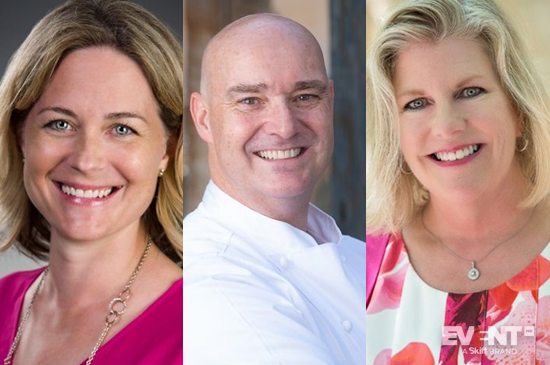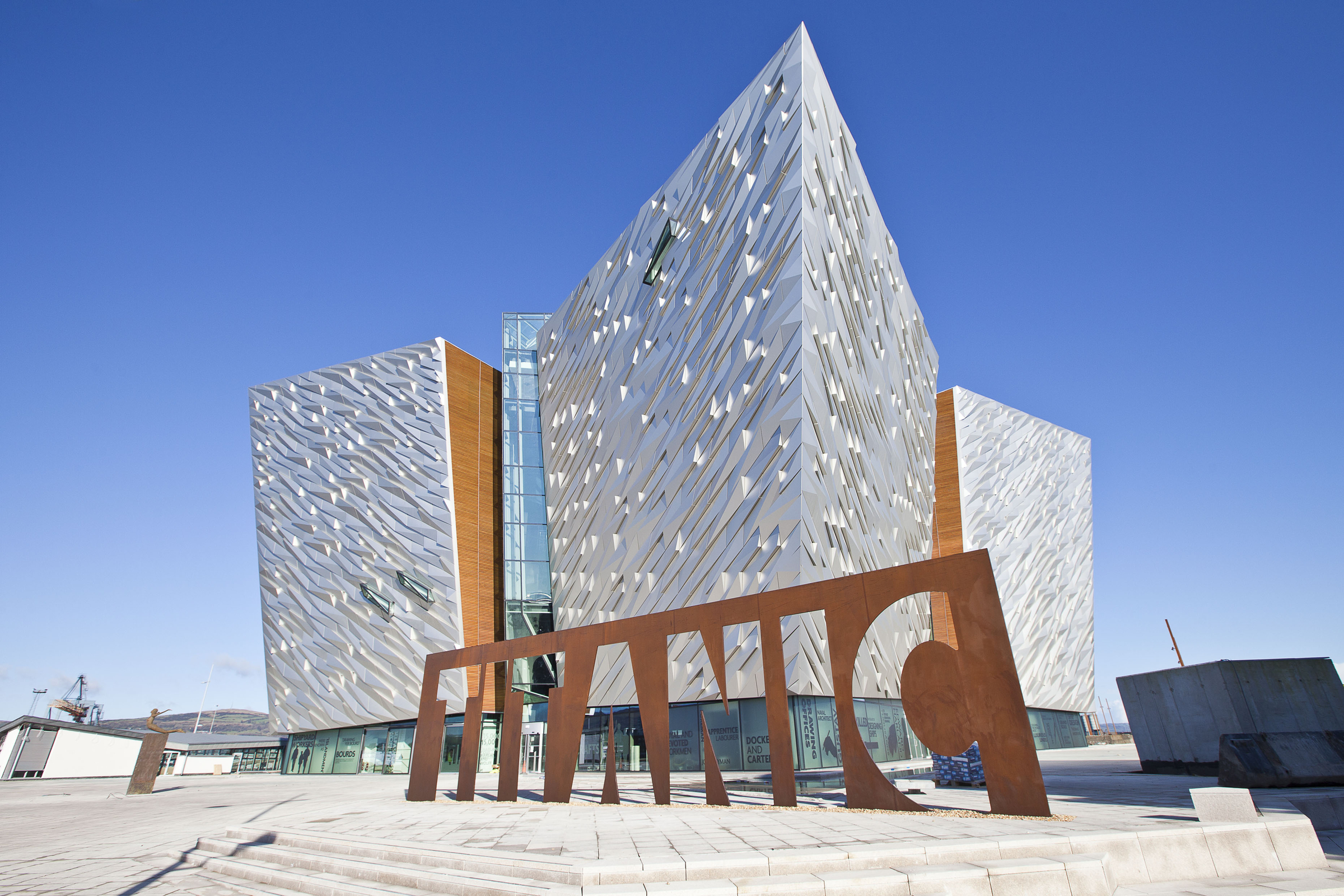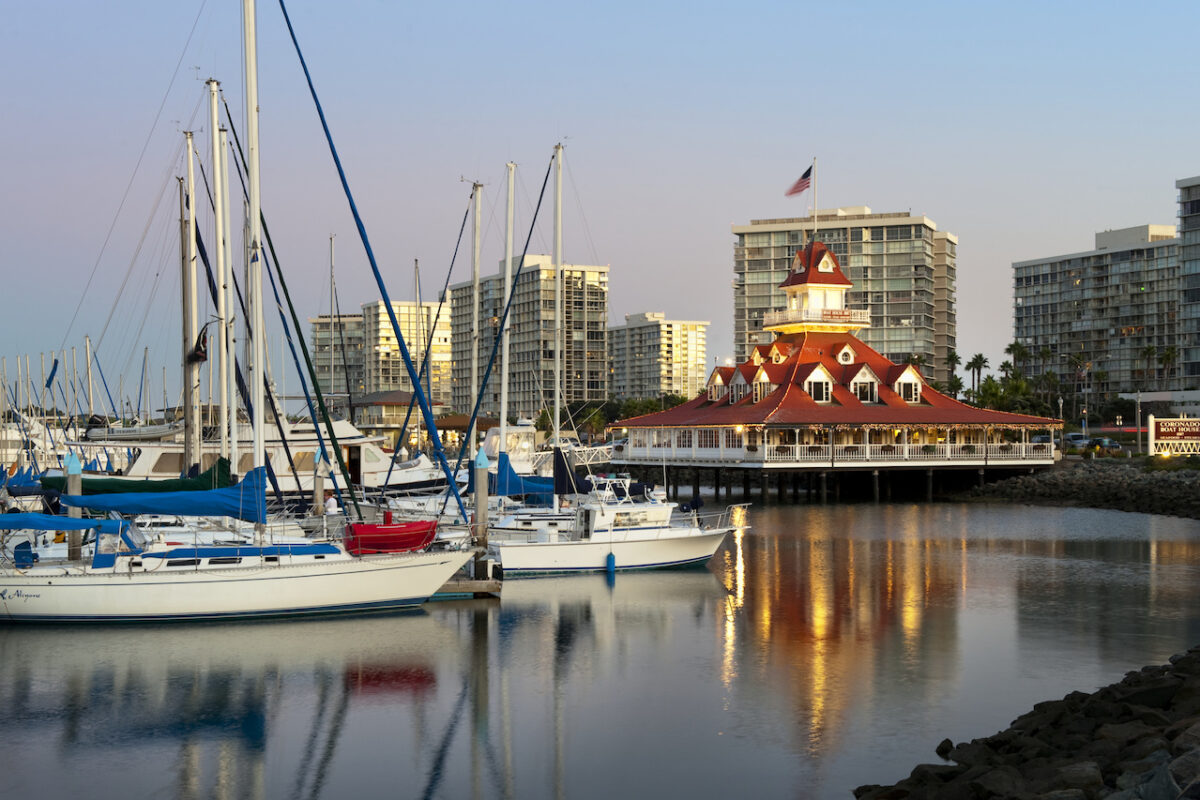Skift Take
As long as the pandemic continues to threaten public health, hosting safe events will require a collective effort from all segments of the industry. Destinations play a vital role in standardizing safety protocols, but venues also need to offer well-designed solutions.
Even in warmer climates where outdoor events are an option year round, it is still vital to manage health and safety measures effectively. Most business meetings will involve at least some indoor components, and even outdoor events still require careful risk-mitigation planning.
To learn more about how destinations and venues can ensure a safe return to live events, we spoke to three Arizona-based professionals in the hospitality industry at our recent 2021 Event Trends virtual event. Each of the speakers — a top-ranking executive at the Arizona Office of Tourism, the top chef at a major resort, and a highly experienced event planner — provided a distinct perspective, bringing their own industry expertise to the topics now spotlighted on Visit Arizona’s new meetings page. Together, they explained how destinations can spearhead community-wide safety guidelines and venues can optimize practical considerations like F&B plans.
Destinations Set Covid-Safe Standards and Guide Planners to Local Resources
Warmer regions have a significant advantage insofar as outdoor events remain viable throughout the winter months, and the state of Arizona is no exception. Still, the ability to take events outdoors doesn’t mean that safety — or attendee comfort — can be taken for granted.
DEVELOP INDUSTRY-SPECIFIC SAFETY STANDARDS AND SUPPORT VENUE CERTIFICATION
The task of rebuilding attendee confidence becomes less of a burden when destinations make the effort to establish industry-specific guidelines.
Becky Blaine, the Deputy Director at the Arizona Office of Tourism, explained that her state’s official Recommendations for Private Events grew out of a consultation process involving her agency, the governor’s office, the Department of Health Services, and leading industry stakeholders who could provide practical feedback.
The state-backed document provides comprehensive advice in a variety of areas, including:
- Safe food service
- Strategic coordination of attendee traffic flow
- Expectations for both attendee and staff behavior (e.g. how to report and respond to illness)
- Context-specific policies for mask wearing and social distancing
Certifications, in turn, provide an added layer of reassurance that health and safety guidelines are actually being respected by venues and other third parties, and the Arizona Office of Tourism promotes top venues that have received GBAC Star Accreditation.
Providing a state-specific option, the Arizona Lodging & Tourism Association also developed its own AZ Safe + Clean standard for venues across the state.
CREATE A HUB FOR INDUSTRY-SPECIFIC INFORMATION
Pandemic restrictions and safety measures mean that event planners have a whole new set of priorities to consider, and easy access to relevant information can help to simplify the planning process.
Karolyn Kiburz, a meeting planner who is the president and owner of MCS, explained some of the challenges: “Our site inspection form looks much different than it did 12 months ago. We are looking for things such as the protocol for cleaning, the food and beverage handling, and social distancing room capacity limits.”
Recognizing how much event professionals could benefit from a one-stop shop for venue options and up-to-date news on local Covid regulations, the Arizona Office of Tourism created a dedicated webpage for meeting planners. The site allows planners to conduct virtual tours of prospective venues, with direct links to destination RFP submission pages.
One of Arizona’s selling points is its wide variety of landscapes and venue options, but an abundance of choice also means more decision making. Knowing exactly what each selection has to offer is vital.
Even outdoor temperatures can be selected based on personal preference, no matter the time of year. As Blaine explained, “A lot of people think we’re just a desert, but we also have mountains in Northern Arizona. You can always find 70 degrees somewhere.”
Similarly, Arizona is home to a high concentration of top-tier resorts experienced in accommodating the business market — 60 to 70 percent of the state’s hotel traffic has traditionally come from the meeting industry. Planners are also faced with a multitude of options when it comes to less conventional venues like museums, and a centralized resource makes it that much easier to choose a site with both the right amenities and a good balance of indoor and outdoor space.
Venues Rethink F&B to Provide Event Safety Solutions
Venues play another key role in the return to live events. When venues have already developed their own solutions to health and safety concerns, event planners can feel reassured that they have a reliable partner to share in the responsibility of risk management.
We spoke with Lee Hillson, Executive Chef at the Hyatt’s Royal Palms Resort and Spa, to learn more about how venues can help to reduce transmission risk, particularly in the context of F&B.
In addition to temperature checks for everyone entering meeting spaces — whether hotel staff, third-party associates, or event attendees — the Royal Palms has updated their cleaning protocols and redesigned their food service plans.
PLAN CLEANING SCHEDULES AROUND ATTENDEE MOVEMENT
While sanitation efforts necessarily involve regular cleaning schedules, it’s also important to consider attendee movements when devising a plan.
At the Royal Palms, for example, new measures have been put in place to minimize contact between guests and housekeeping staff. Guests are now required to vacate their rooms during the cleaning process.
Similarly, meeting breaks are used as an opportunity to sanitize furniture and other high-touch surfaces with industrial disinfectant sprays.
REDESIGN FOOD SERVICE TO LIMIT PERSON-TO-PERSON CONTACT
Further to these changes, Hillson explained that the resort’s standard meal service plan has been thoroughly updated to address safety concerns. The new plan includes:
- Plated meals by default
- Tables spaced 10 feet apart
- A maximum of 6 to 8 people per table
- The requirement to wear masks at all times except when eating or drinking
The resort is also offering a buffet-style option, but with a variety of safety-conscious changes:
- Plexiglass barriers between guests and the food
- An associate behind the barrier to build the plate
- A distance of at least 2 feet between people in line
- Pre-set desserts kept in custom-designed wooden boxes for maximum visual appeal and portability
Where the space permits, breaking larger groups down into smaller units is another effective strategy:
“We have so much outdoor space that we’re able to break down larger groups into small areas. Instead of having one buffet for a hundred people, we can have four or five buffets for 20 people with their own beautiful backdrops and private seating areas.”
LEE HILLSON, Executive Chef, Royal Palms Resort and Spa, Hyatt Hotels
IN CONCLUSION
Organizing safe in-person events may be more challenging than ever, but support from destinations and venues can go a long way to streamlining the process. Destinations can help to rebuild consumer confidence by coordinating industry-specific guidelines and supporting venue certification efforts, and venues can use their expertise in hospitality to develop innovative solutions to new logistical challenges.





